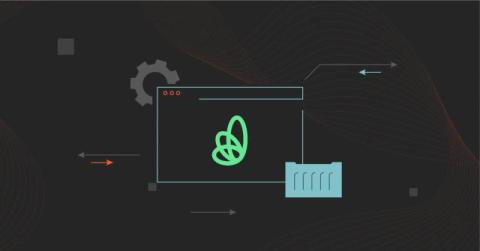A Simple Guide To AWS Lambda Pricing And Cost Management
AWS Lambda is an event-driven compute service, which means it executes tasks automatically when triggered by a compute event. This automation also means that your Lambda costs can quickly exceed your budget. That is especially true when you’re not familiar with AWS Lambda pricing. In this guide, we’ll discuss the AWS Lambda pricing model, including how billing works and how to optimize Lambda costs.




















